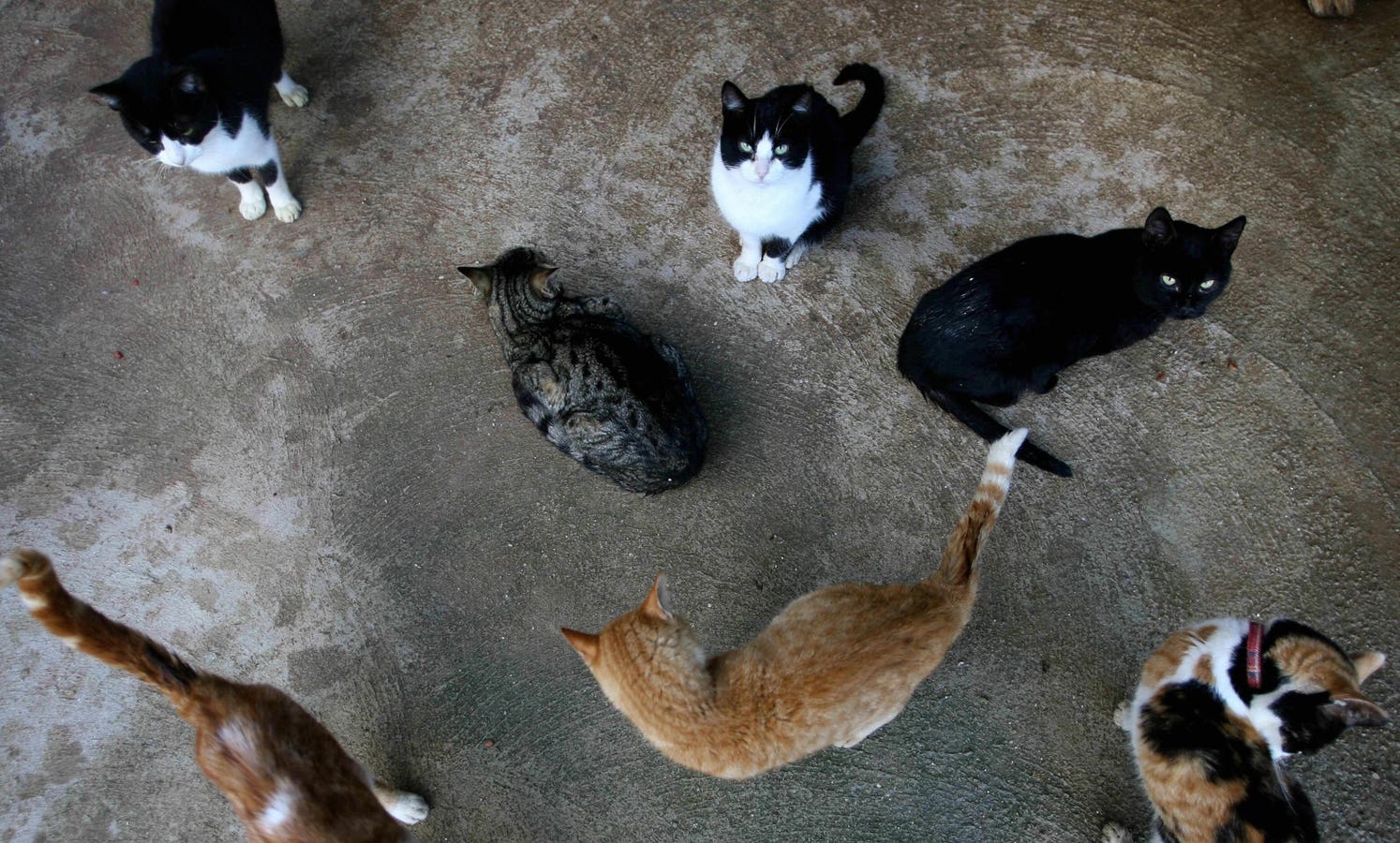A Deschutes County, Oregon resident was recently diagnosed with bubonic plague, confirmed the county health officer. It’s the first case reported in the state since 2015. The patient, who is being treated, appears to have been infected by a pet cat. The individual’s close contacts have been assessed and provided preventive medication.
Plague is a highly deadly disease caused by infection with the bacterium Yersinia pestis. The United States has an average of seven cases reported each year, mostly from western states.
Plague is on the CDC’s list of nationally notifiable diseases, because even a single case prompts the need to assess the risk for additional cases. One case may be the tip of the iceberg without prompt intervention, especially with pneumonic disease. Plague is also on the CDC’s Category A bioterrorism agent threat list, because of the potential for it to spread among a population and cause a significant amount of death and disability. Another reason for concern is potential for public panic, due to plague’s historic devastation and its association with the “black death,” which decimated the European population in the Middle Ages.
What Is Plague?
There are three forms of plague in humans: bubonic, septicemic and pneumonic, with bubonic having the lowest risk of death and pneumonic the highest. The term bubonic derives from the word bubo, which describes a hot, swollen and extremely tender lymph node. The bubonic form of the disease occurs after a flea bite, usually on the arms or legs, with the swollen lymph node occurring closer to the torso than the bite location, typically on the pathway of the local lymphatic drainage. After an incubation period of two to eight days, patients develop fever, headache and a bubo.
In septicemic plague, plague bacteria gain access to the blood stream, with or without a preceding bubo. These patients are extremely ill, with high fever, chills, mental status changes and abdominal pain. The bacteria produce a temperature-sensitive coagulase that causes blood vessels in colder areas of the body to clot, leading to death of the tips of the fingers, toes or nose. This yields skin findings that look like frostbite and are reminiscent of the “black death.”
The deadliest form is pneumonic plague, or plague pneumonia. These individuals can die very rapidly without the prompt use of antibiotics. They will have fever, cough difficulty breathing and—one hallmark feature—coughing up bloody sputum.
How Does Plague Spread?
Plague is a zoonotic disease, meaning it occurs primarily in animals—mostly small mammals, such as rats, mice, prairie dogs and ground squirrels. It spreads among these mammals through the bites of infected fleas. Fleas live on warm-blooded animals and require blood meals to survive. When the living host dies, the flea seeks a new warm-blooded host. If humans are unlucky enough to be in the area, they become a target of opportunity. Fleas don’t fly, but they can jump a foot or more; therefore, most flea bites occur on the legs of adults.
Once ingested by the flea, blood mixed with bacteria in the flea’s digestive tract can block the flea’s gut, causing it to perceive that it is starving. This prompts the flea to go on a feeding frenzy, yielding multiple bites, and a significant opportunity to regurgitate the bacteria and spread plague with each bite.
In rare cases, humans are infected by a flea bite and the subsequent bloodstream infection accesses the lungs, causing pneumonic plague. Such an individual then has the ability to spread pneumonic plague directly to others by the respiratory route (coughing, sneezing, talking).
What Do Cats Have To Do With It?
As with most mammals, cats are susceptible to plague. In fact, pet cats periodically give plague to their owners. Cats like to chase mice. So, it is not a stretch to understand that if a cat is hanging around locations where rats and mice live, it is possible for them to be bitten by an infected flea, consume an infected rodent or bring infected fleas into a household. If a cat catches plague that is untreated, similar to humans, the organism can access the bloodstream and then the lungs. Cats can then cough on their owners in close quarters, and thus transmit pneumonic plague. As with other mammals, dogs are also susceptible, but usually have milder illness and are less likely to spread it to humans.
How To Treat Plague?
Plague is treatable, but it has to be recognized and treated promptly with the correct antibiotics, which may not be the typical ones a physician might reach for currently. This includes some older antibiotics, like streptomycin or gentamicin, or newer ones, such as ciprofloxacin. The key is recognition; because plague occurs rarely, it is not likely to be the first diagnosis a clinician considers in a patient with sepsis or pneumonia. Due to its unusual findings on physical examination, bubonic plague is easier to recognize.
How To Prevent Plague?
There are no licensed vaccines currently for plague. There used to be an inactivated vaccine, but it is no longer in use. Experimental vaccines are still being developed.
The main way to prevent plague is to minimize the opportunity for you or your pets to have contact with rodents, especially in the western parts of the United States. This includes keeping potential rodent habitats around the home to a minimum, using insect repellant in locations where you may have contact with fleas and using flea control products on your pets to minimize the chance they will harbor fleas and put you both at risk.
For any movie buffs, the 1950 movie Panic In The Streets does a great job presenting the fear that plague engenders and the urgent need to control it. In the film, a public health officer in New Orleans races to find a criminal infected with plague before the outbreak gets out of control. Thankfully, it appears the health department in Oregon addressed the recent case quickly and shut down the risk of spread.
Read the full article here





